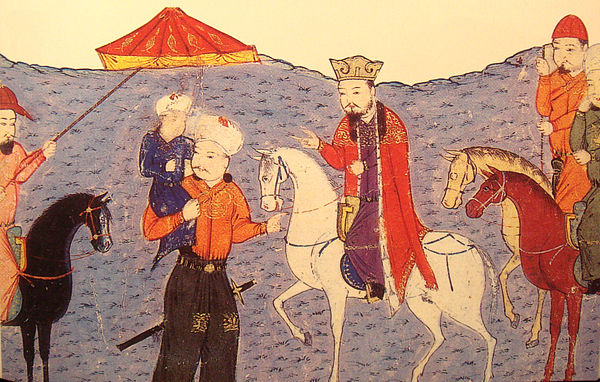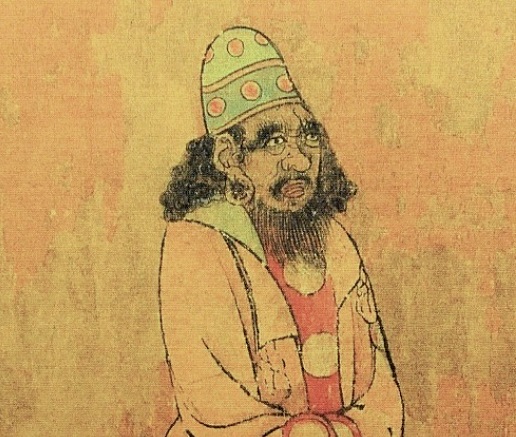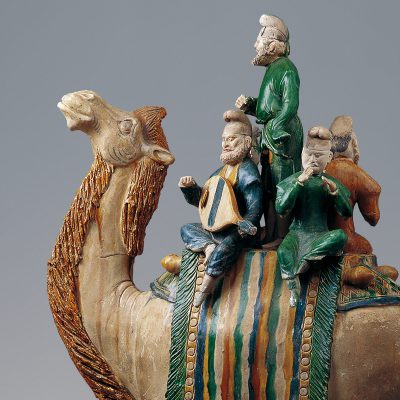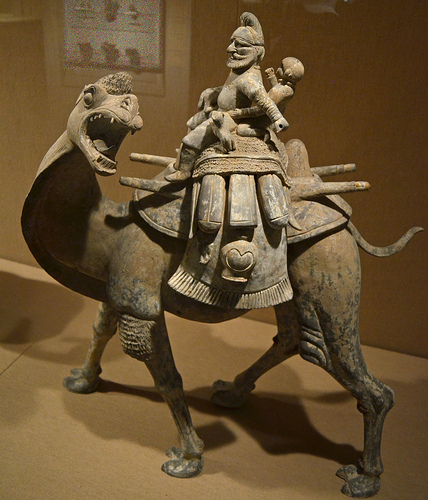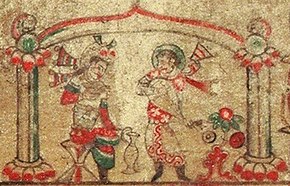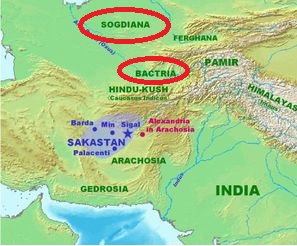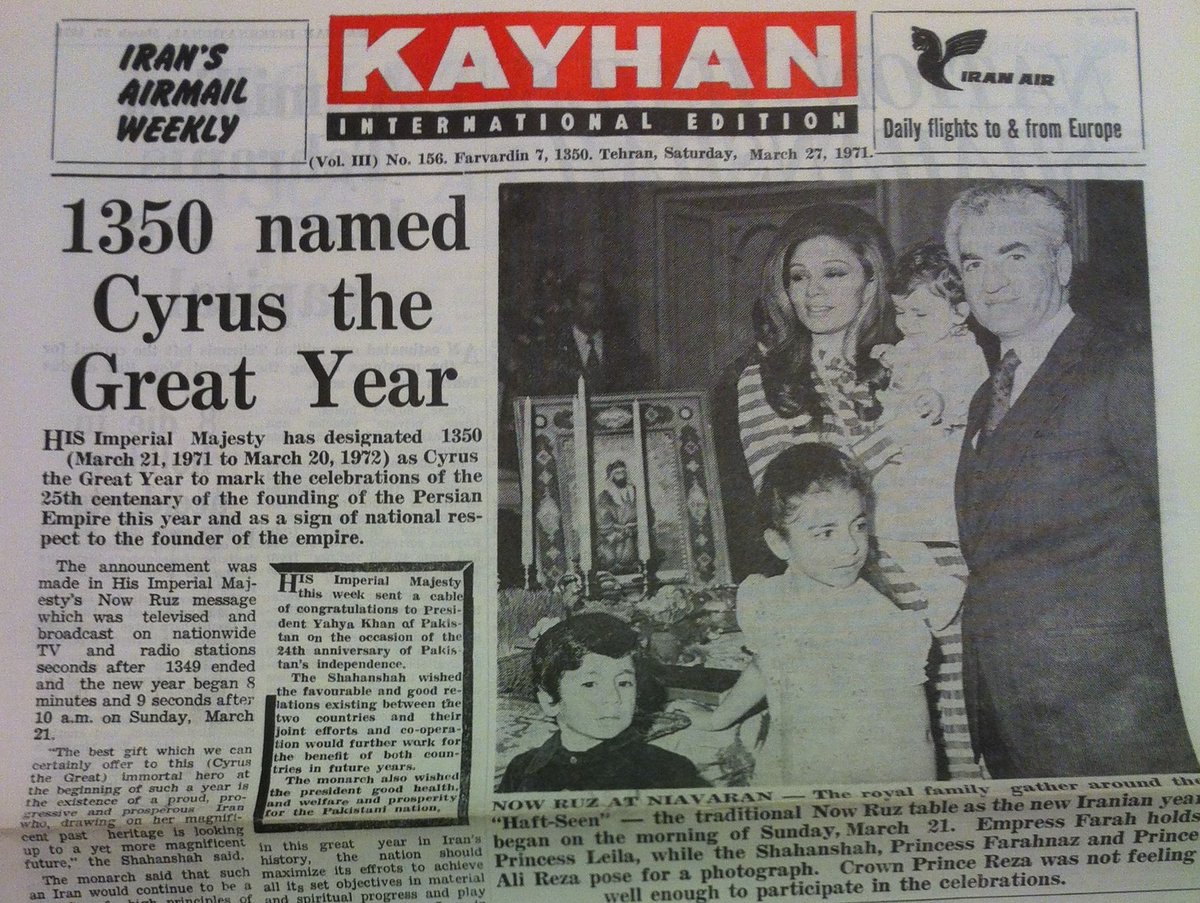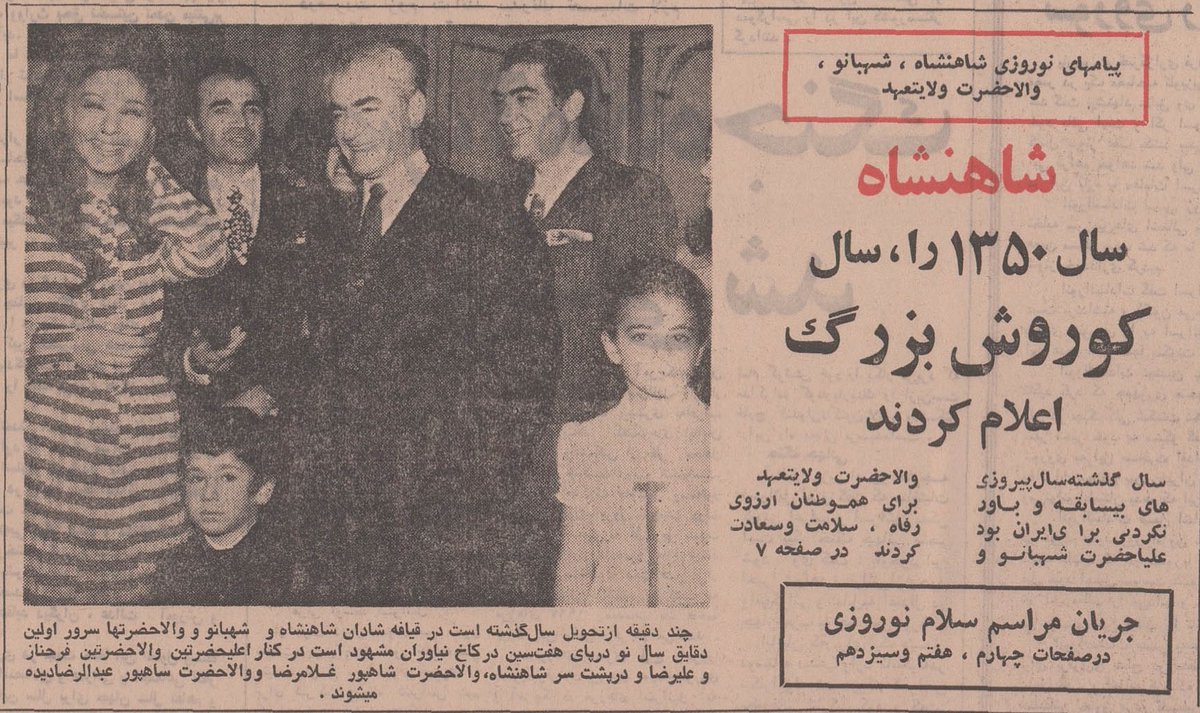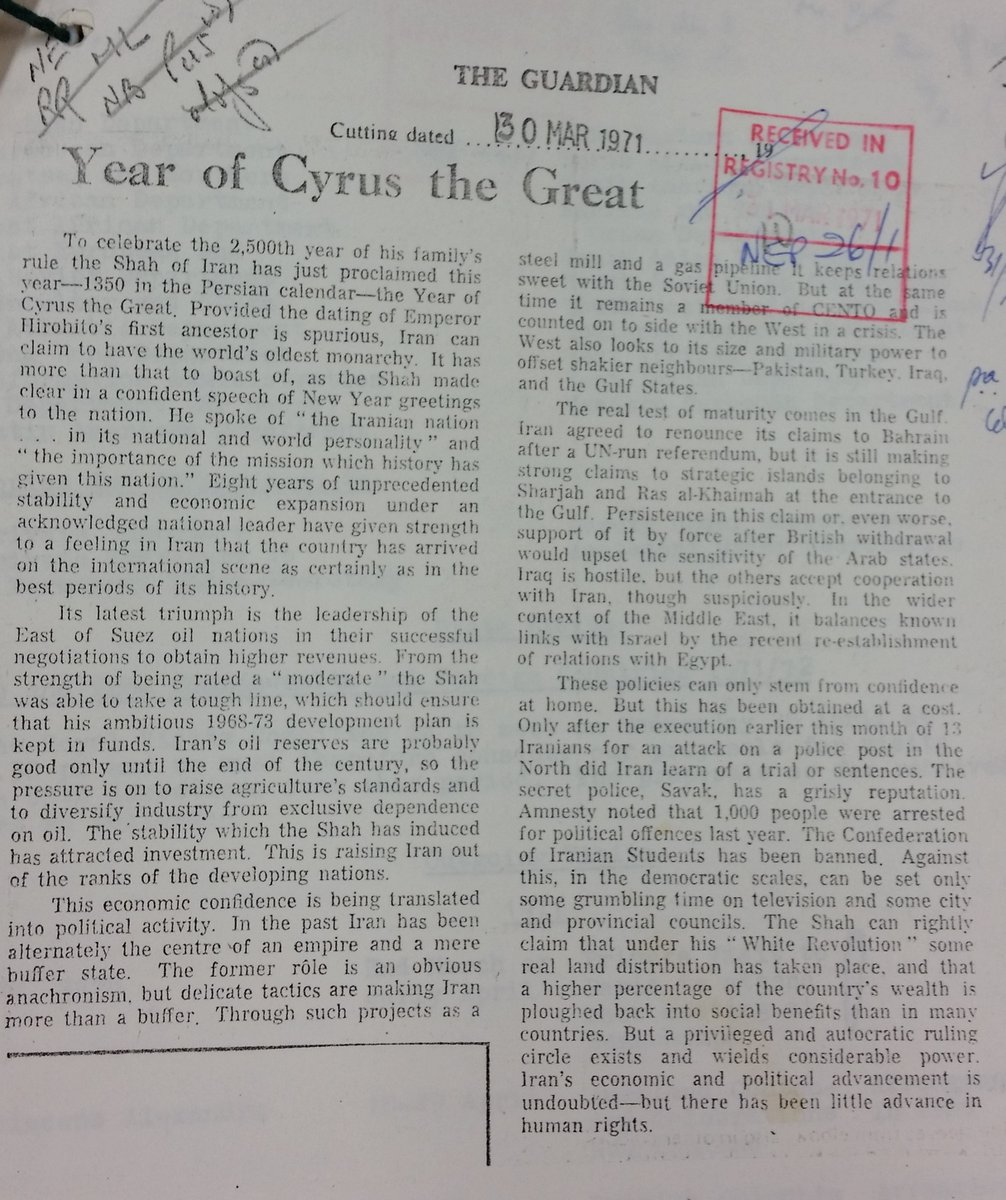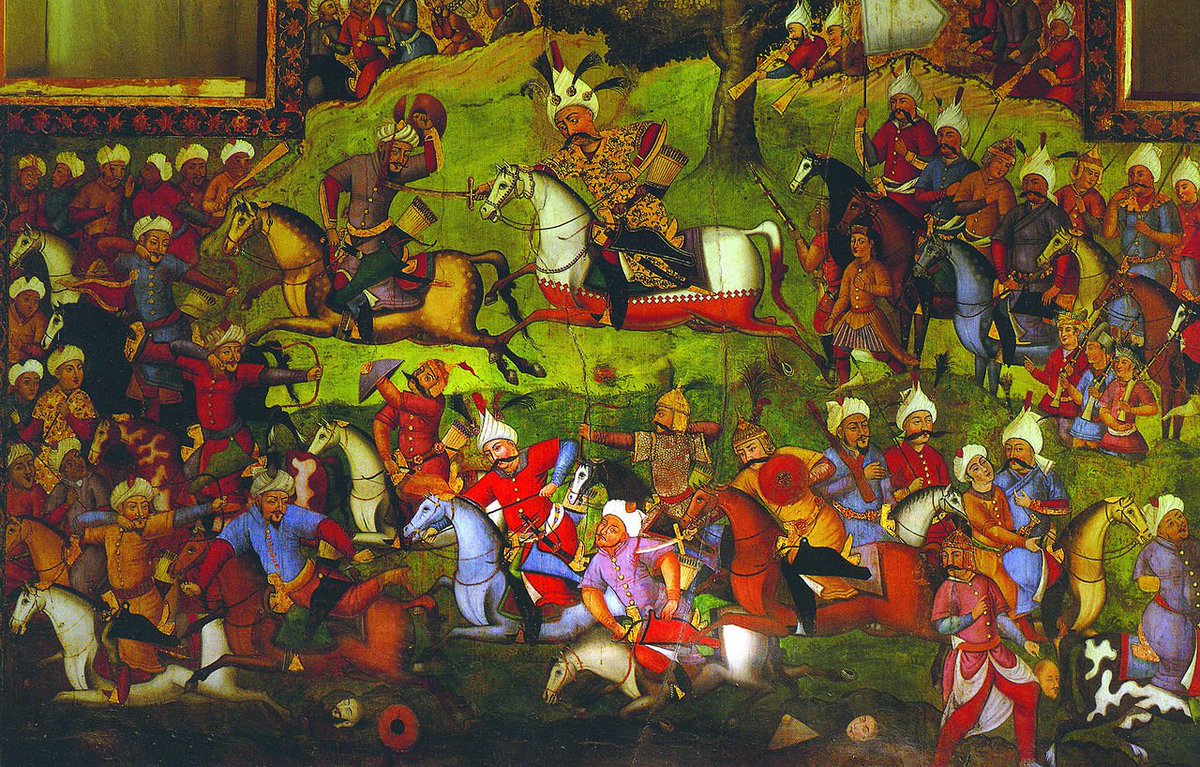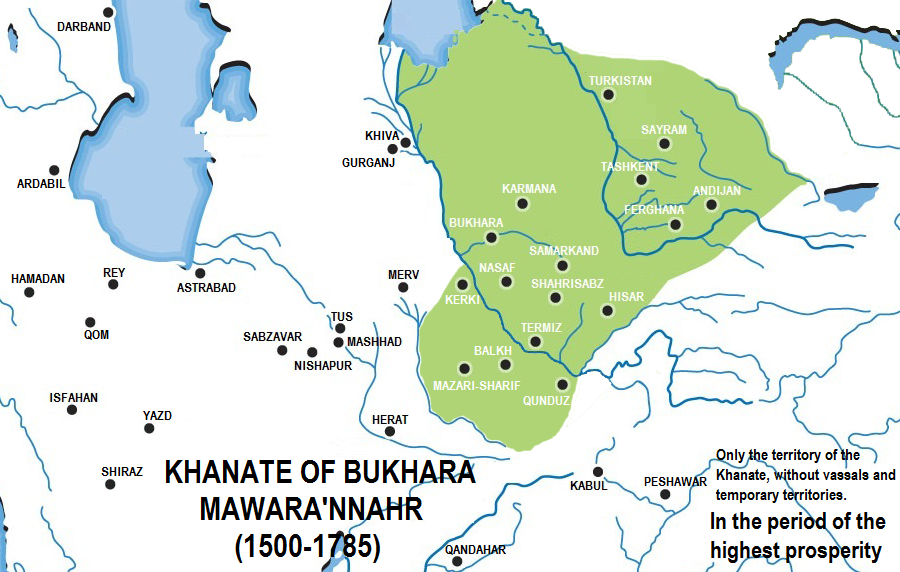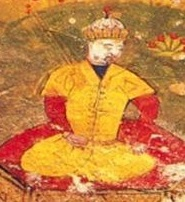
There are several important figures in Chinese history from Parthian or Sassanian backgrounds. These figures reflect the cultural and political connections ancient China had with Iran.
Let's begin with An Shigao, the Iranian translator who helped bring Buddhism to China. 1/
Let's begin with An Shigao, the Iranian translator who helped bring Buddhism to China. 1/

2/ An Shigao was of Parthian descent, a fact made evident by his surname An (安). Short for 安息, the Chinese name for the Parthian Arsacid dynasty, this surname was adopted by many Parthians and their descendants at the Han court. His translations date from 148-180 CE. 

3/ Although popularly identified as a Parthian noble who gave up his heritage to become a Buddhist monk, this is mostly hagiographic and lacks evidence. Little is known for sure except that he was of an Iranian family and was the first significant translator of Buddhist texts. 
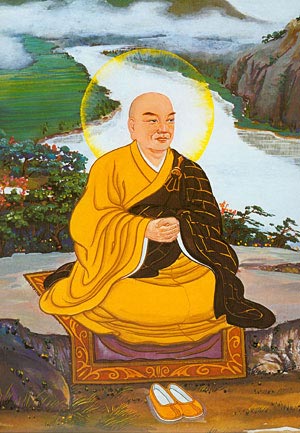
4/ In "The Hostage An Shigao and his Offspring: An Iranian Family in China", Antonino Forte explores the historical figures that might be identified as An Shigao the translator. Although the question remains unresolved, he highlights the presence of Iranian at Han and Tang court. 

5/ Forte writes that "As An Shigao served the Later Han dynasty, so his descendants were ready to faithfully serve the succeeding dynasties which held power in China...It is evident that the positions were...due to the fact that they were the offspring of so noble an ancestor."
6/ "Their being Iranian and Chinese at the same time...put them in a privileged and unique position. This may have influenced the great flourishing of commercial activities...and good relations of the Chinese with Iranians in China and with Central Asia and the Sasanian dynasty." 

7/ "The fact that many members of the Sasanian aristocracy escaped to the Chinese court at the time of the Arab invasion of Persia confirms the particularly good relationship between China and Persia that had existed since the time of the Han dynasty." 

8/ But not all stories of famous Sino-Iranian connections evoke positive relations. One must not forget that part of China's connection to Central Asia was in the form of military conquest and clashes at the edges of the Chinese empire. We turn now to the story of An Lushan. 

9/ An Lushan (安禄山) was a prominent general under the Tang. His mother was Göktürk, but his father is less clear, though possibly of Sogdian origin (a theory advanced by Edward Schafer). Evidence includes his name, "Lushan", likely from Sogdian "Roxshan", meaning "bright". 

10/ Whatever his parentage, An Lushan is famous for rebelling against the Tang dynasty in 755. Initially successful, he captured the imperial capital of Luoyang and declared himself emperor of the new Yan dynasty. Although the Tang were eventually able to reassert control... 

11/ ...the political, economic, and human cost was immense, and left the Tang severely weakened and allowed military governors, jiedushi (節度使), to assert control. The Tang never fully recovered. 

12/ One of the main reasons An Lushan was able to amass power to begin with were the Tang's repeated military expeditions on the Western frontier. He rose to power after campaigning against the Khitan in the Northwest, and took advantage of chaos on the Western front caused by... 
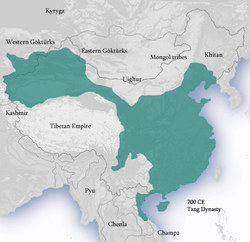
13/ ...the Abbasid rebellion against the Umayyad caliphate. When the Abbasid revolt spilled over into the regions of Central Asia controlled by the Tang (the Anxi Protectorate), clashes were inevitable. Though the Battle of Talas in 751 was a devastating defeat for the Tang... 

14/...it was ultimately An Lushan's rebellion which compelled the Tang to withdraw their armies and end their attempts at Westward expansion. A reminder that Sino-Iranian connections were as much defined by conflict as cultural and commercial exchange. 

15/ An's rebellion had one interesting side-effect - the name "An" was associated with rebellion and fell out of favor. Many of the Iranians living in China thereafter changed their surnames to "Li". In our next post, we'll explore a few of these famous Lis!
- B. F
• • •
Missing some Tweet in this thread? You can try to
force a refresh

